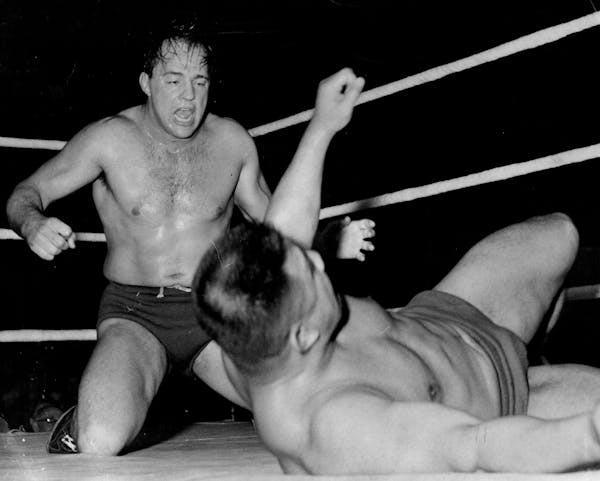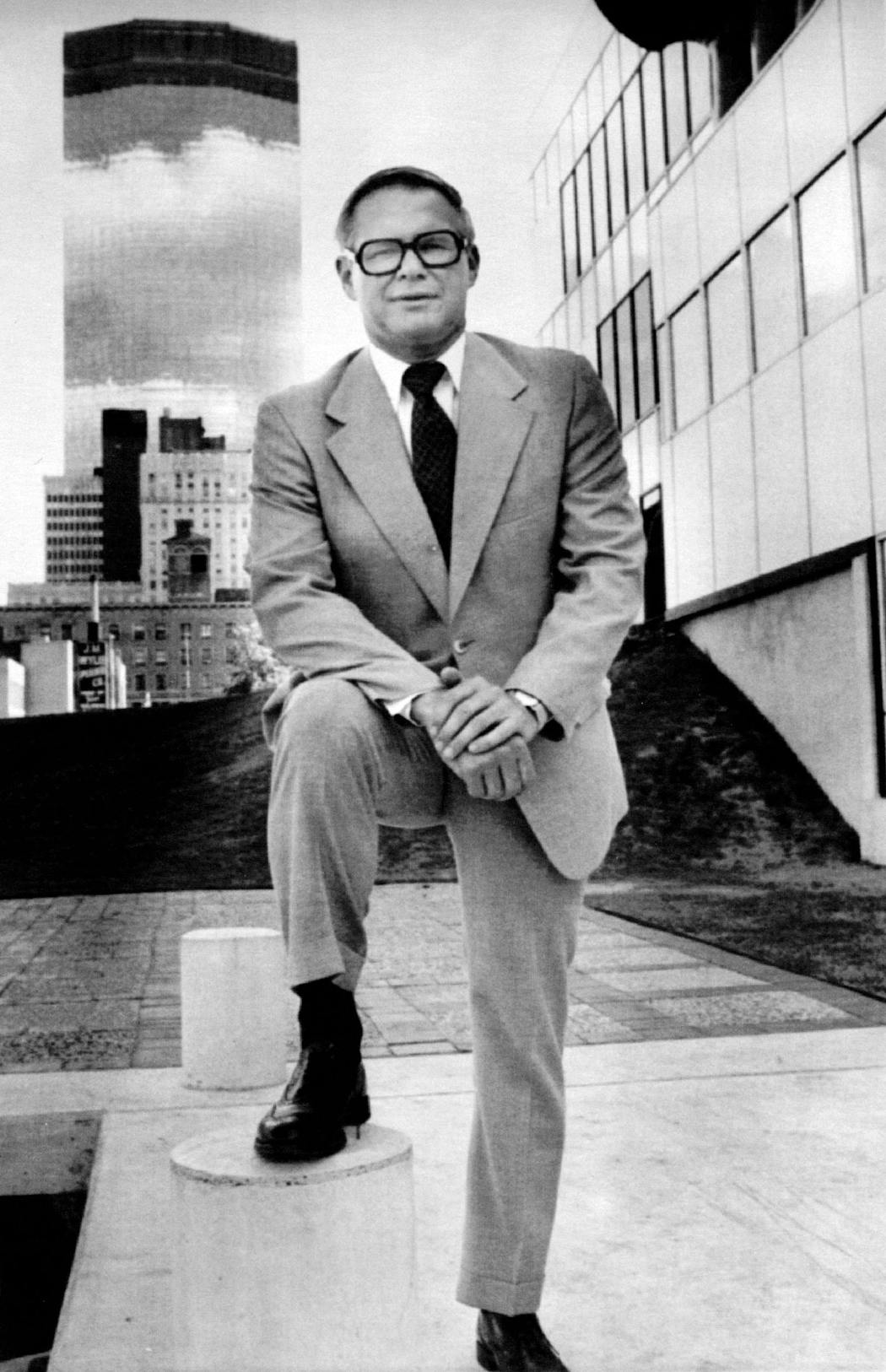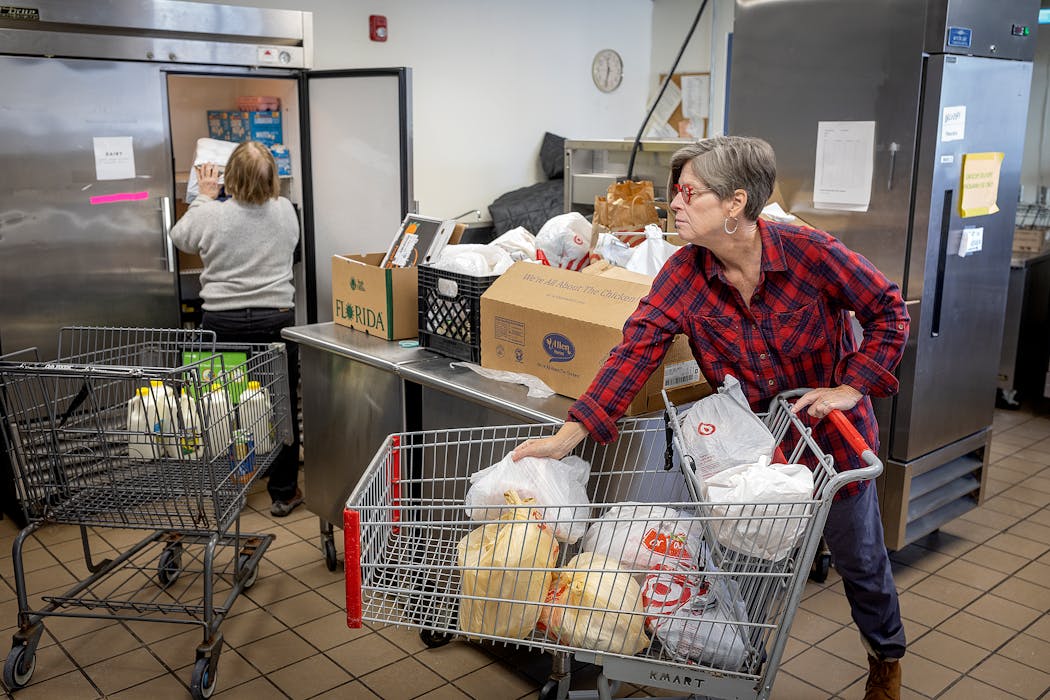Minnesota was once a leader in corporate philanthropy. Is that still true?
Listen and subscribe to our podcast: Via Apple Podcasts | Spotify | Stitcher
Minnesotans have stood out for their generosity for generations.
Nearly five decades ago, the Five Percent Club put the state on the map nationally as a leader in philanthropy. Target and 22 other Minnesota companies vowed to give away 5% of their pre-tax earnings to charity — the first group of its kind in the nation.
Do any local companies still give that much to charity? And how does Minnesota's overall charitable giving stack up with other states? Tane Danger of Minneapolis contacted Curious Minnesota, the Star Tribune's reader-driven community reporting project, to find out.
Working in the nonprofit sector for most of his career, Danger heard about Minnesota's tradition of corporate philanthropy stemming from the Five Percent Club and how Minnesota donors give and volunteer at higher rates than other states' residents.
"One of the things I love bragging about Minnesota is we're a charitable state," said Danger, whose husband, Eric Roper, oversees Curious Minnesota. "Organizations and companies really seem to care about the place. And they're willing to invest their time and treasure."
In short, Danger is right that Minnesota is often among the top states for its percentage of donors and volunteers. And the Five Percent Club still exists, though it's now called the Minnesota Keystone Program and honors companies that give 2% or more.
It is the only program of its kind in the nation, said Cheri Gengler, who oversees the Keystone Program at the Minneapolis Regional Chamber of Commerce.
"It's our Minnesota legacy," she said. "It's always been part of our culture here to give back."
Promoting corporate giving
The Dayton family, who built the department store empire that spawned Target, is credited with inspiring the creation of the Five Percent Club. Starting in the mid-20th century, the Daytons gave 5% of their earnings before taxes back to the community.
When Dayton Hudson Corp. executive Wayne Thompson learned that Cleveland had a 1% club, he decided Minneapolis should establish a 5% club, Gengler said. David Koch, then the CEO at Graco Inc., and incoming president at the Chamber, started promoting the Five Percent Club in 1976.
The club soon expanded to honor companies that gave 2% to showcase those that were still giving above the national average and incentivize them to work toward 5%, Gengler said.
When philanthropist John D. Rockefeller III visited the Minneapolis Chamber in 1977, he compared the community to the Emerald City in the Land of Oz, commending companies for giving back. If the Minneapolis business community's spirit took hold across business and government sectors, "what a profound difference it would make" in the welfare of society, Rockefeller said, according to a Minneapolis Star editorial that year.
"What other city in this country can boast 33 firms that have committed 5% of their pre-tax earnings to public purposes?" U.S. Commerce Secretary Juanita Kreps said at the 1977 meeting celebrating the club's 33 members at the time. "One of the greatest contributions corporations could make to society would be the adoption of the [5%] goal you have set for yourselves."
By 1983, the program was renamed Keystone. Today, about 200 Minnesota companies — from major Fortune 500 corporations and pro sports teams to small breweries and restaurants — pledge to give at least 2% of their earnings, accounting for cash donations, in-kind donations and employee volunteerism. (See a list of the companies at mplschamber.com/minnesota-keystone-program.)
About 100 of those companies give 5% or more a year, Gengler said.
The number of companies participating in the program has flatlined in recent years, she said. But she said many other companies likely give at least 2% back to the community and don't participate in Keystone — or have shifted how they engage in the community beyond writing checks or volunteering.
Without any state-by-state comparison of corporate giving, it isn't possible to determine if Minnesota corporations overall are more generous. But the companies in the Keystone program do give away more than corporations nationally.
In 2022, U.S. corporations donated 0.9% of pre-tax profits, according to the annual Giving USA report published by the Giving USA Foundation. Corporate giving has declined in the U.S. over the years after peaking in 1986 at 2% of pre-tax profits, according to the report, researched by the Indiana University Lilly Family School of Philanthropy.
Individuals give far more than corporations, however. In 2022, individuals gave an estimated $319 billion nationwide, according to Giving USA, compared with $29.5 billion in corporate giving.
Tough economic times have also stifled giving. Total U.S. giving by corporations, foundations and individuals declined in 2022 for only the fourth time in four decades, likely because of stagnant incomes, rising inflation and decreases in the stock market.
Minnesota among most charitable states
Individual donors in Minnesota have made the state a national philanthropic powerhouse.
Minnesotans donated $5.3 billion to charitable causes in 2022, according to new preliminary data from the Minnesota Council on Foundations. Individual giving spiked nearly 5% from 2020 to 2021 and then declined by 6.4% from 2021 to 2022, the council said.
There are no state-by-state comparisons of individual donations, but Minnesota has ranked among the top three charitable states in the country since 2019, according to WalletHub. WalletHub evaluates 19 indicators, including the volunteer rate and share of income donated. This year, Minnesota placed No. 3 in WalletHub's rankings, after Maryland and Utah.
Minnesota also ranked third for the number of volunteers in 2021, behind Wyoming and Utah, according to a report by the AmeriCorps and Census Bureau. More than a third of Minnesotans volunteered, a higher rate than Americans overall, while nearly two-thirds of residents donated at least $25 to a charity, the report said.
Another indicator of generosity: The state's Give to the Max Day is one of the largest grassroots fundraisers of its kind in the nation. Last year's event drew $34 million for schools and nonprofits, just shy of 2021's record.
That culture of generosity is part of a broader Minnesota focus on civic engagement that is also reflected in our high voter turnout, said Kris Kewitsch, executive director of the Roseville-based Charities Review Council, which reviews nonprofits and counsels donors.
"We care about our neighbors," she said. "We have generations of people who have modeled that engagement in [the] community. We're really lucky. It's something to try to maintain."
If you'd like to submit a Curious Minnesota question, fill out the form below:
Read more Curious Minnesota stories:
What are Minnesota's most exported products?
Why do Minnesotans call them 'parking ramps' instead of 'garages'?
Why is the BWCA a wilderness and not a national park?
Why workers are reluctant to come to Minnesota, but stay once they're here
How did the Twin Cities become such a theater hot spot?
Why does Minnesota require new license plates every seven years?






